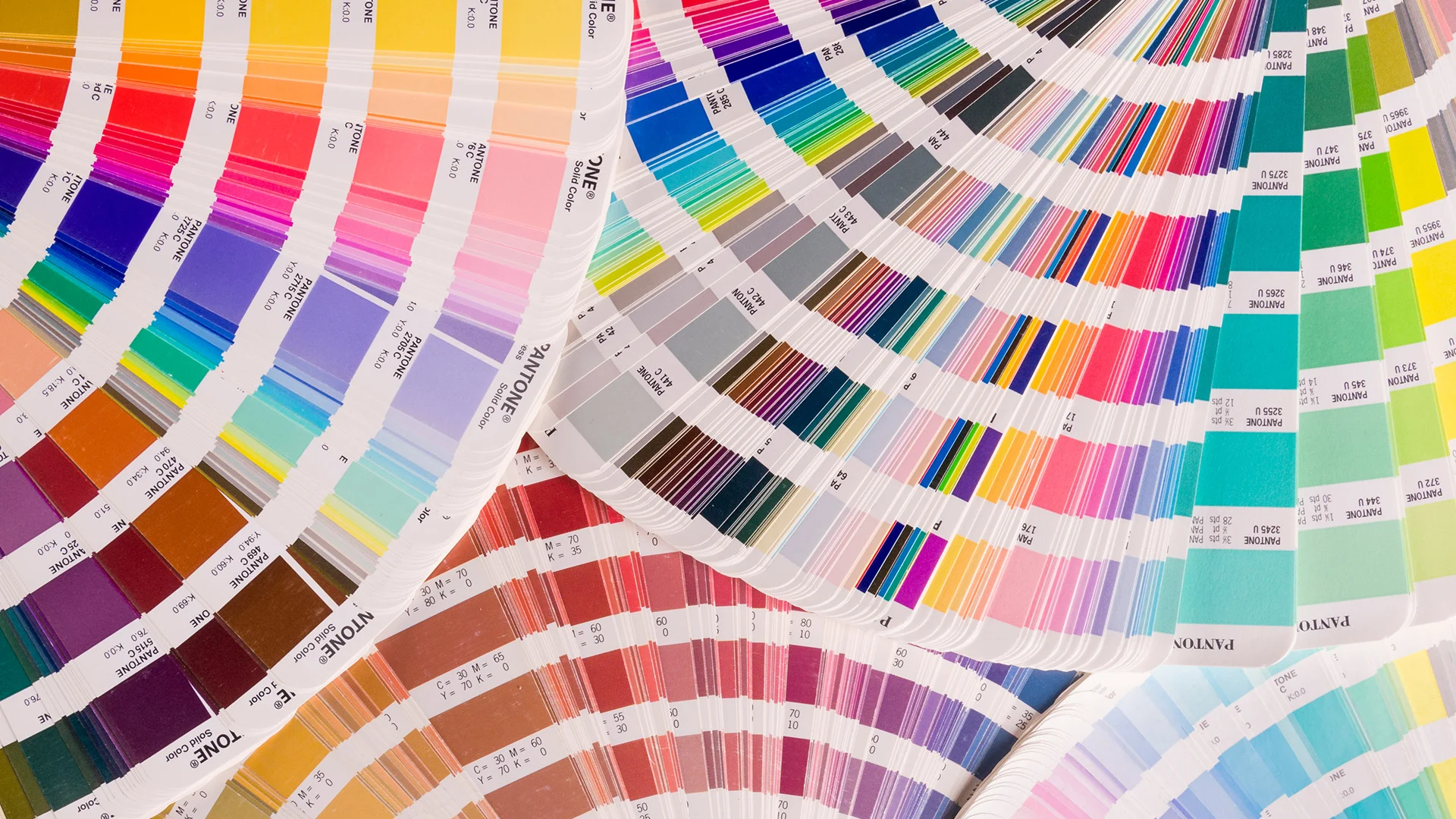When designing a website, choosing the right colors can make a huge difference in how users interact with your site. Colors can evoke emotions and influence behavior, and understanding the psychology of color can help you create a more effective and engaging website.
Research has shown that different colors can elicit different emotional responses from viewers. For example, blue is often associated with trust and reliability, while red can signify excitement or urgency. Green is often associated with nature and tranquility, while yellow can be used to convey happiness and optimism.
When choosing colors for your website, it’s important to consider your brand and the message you want to convey.You should also think about your target audience and what colors might resonate with them, and what color makes people want to buy or make them want to hire your service.
In addition to choosing the right colors, it’s important to use them effectively. Too many colors can be overwhelming and distract from your message, while too little color can be boring and unengaging. A good rule of thumb is to use a maximum of three or four colors in your design, and to use them consistently throughout your website.
By understanding the psychology of color and using it to guide your web design choices, you can create a more effective and engaging website that resonates with your audience.
In addition to understanding the emotional responses that different colors can elicit, it’s also important to consider how color affects usability and accessibility. For example, using light gray text on a white background can be difficult to read for people with visual impairments, while red and green color combinations can be difficult for people with color blindness to differentiate.
When using color in web design, it’s important to use it purposefully and intentionally, rather than simply using it for the sake of aesthetics. This means considering not only the emotional responses and meanings associated with different colors, but also the usability and accessibility implications of your color choices.
By using color in a purposeful and intentional way, you can create a website that is both visually appealing and easy to use for all visitors.
Another important aspect of color psychology in web design is the use of color to create a consistent and recognizable brand identity. Using a consistent color scheme across all of your marketing materials, including your website, can help reinforce your brand and make it more memorable to your audience.
When choosing a color scheme, it’s also important to consider the cultural and regional meanings associated with different colors. For example, in Western cultures, white is often associated with purity and innocence, while in some Asian cultures, it can signify mourning and death.
In addition to considering the meanings of different colors, it’s also important to think about how different colors can work together in a design. Using complementary colors, for example, can help create a sense of balance and harmony in a design, while using contrasting colors can create a sense of excitement and energy.
By taking the time to understand the psychology of color and using it to guide your web design choices, you can create a website that not only looks great but also resonates with your audience on an emotional level.
